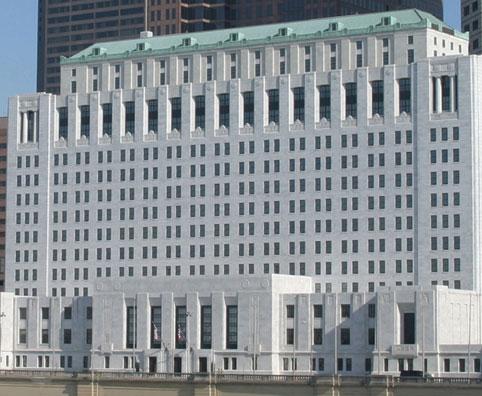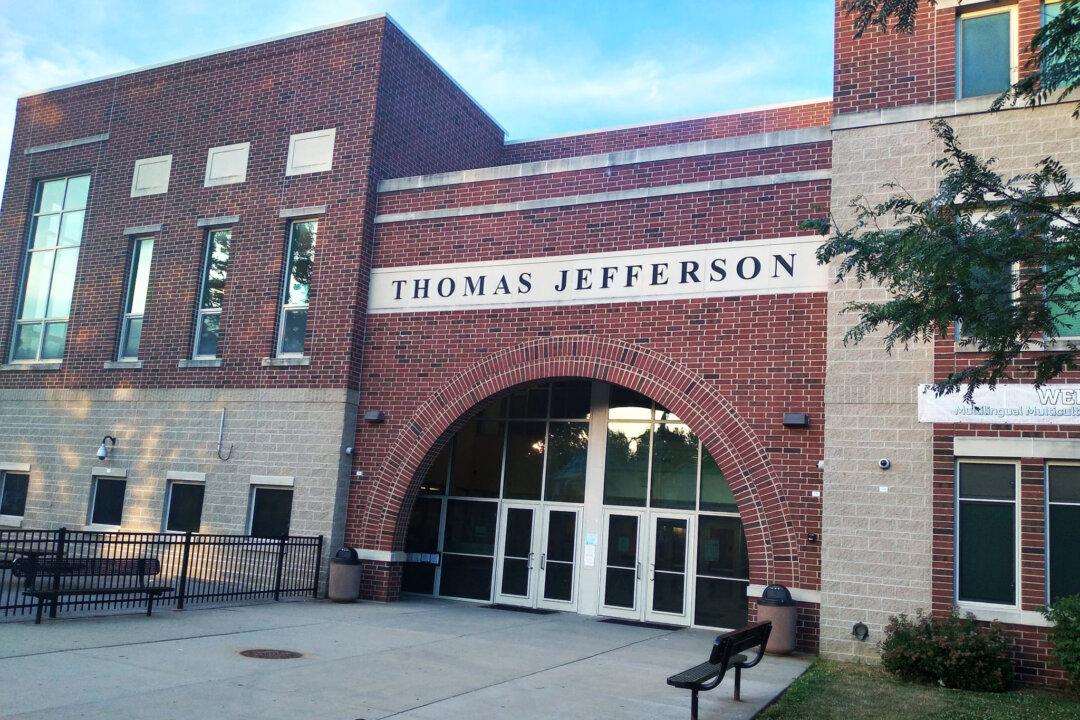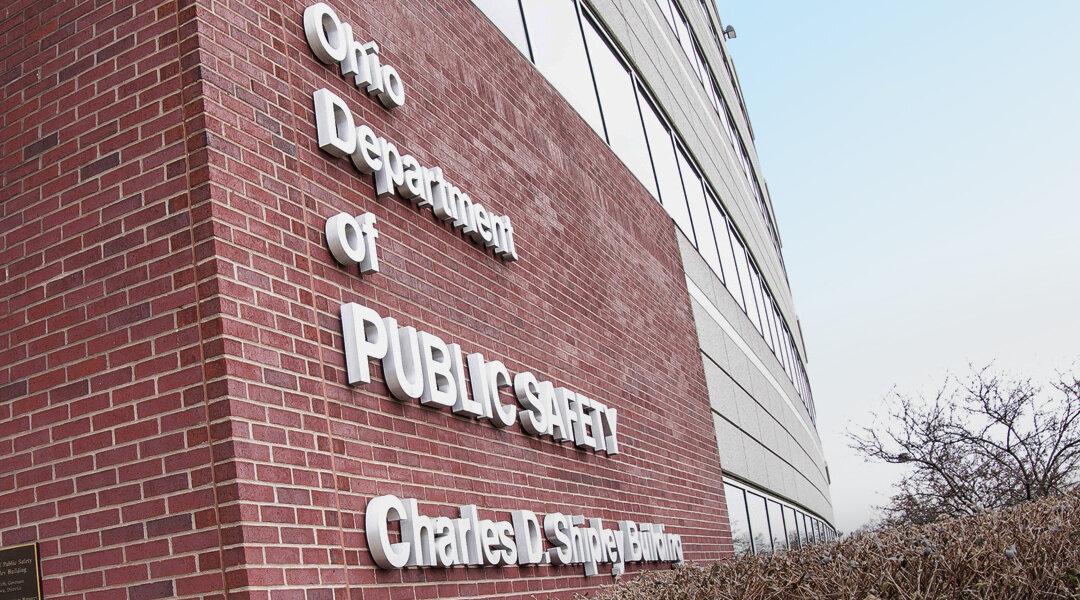The approval of a new congressional district map for Ohio next could be in the hands of a federal court instead of the Ohio Supreme Court.
That comes much to the chagrin of candidates who do not yet know where to stump, are having to re-examine campaign budgets leading up to the May 3 primary election, or plan for it to be held on a later date.




